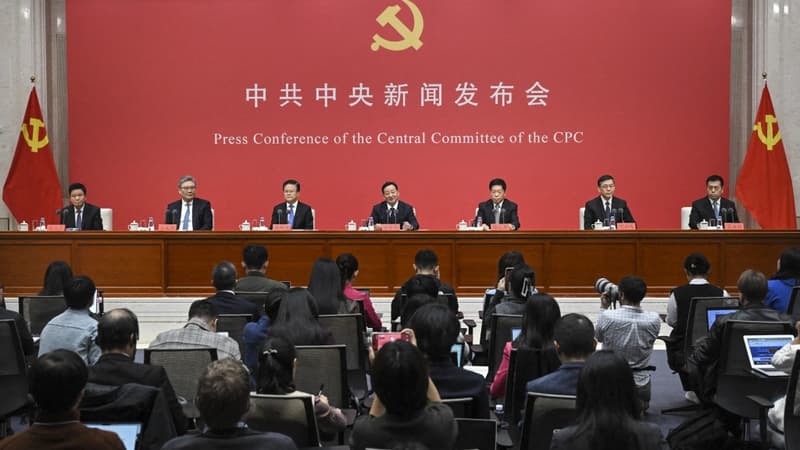Meeting in Beijing since October 20, the 170 members and 150 alternates of the Central Committee of the Chinese Communist Party (CCP) defined the priorities of the fifteenth five-year plan (2026-2030). According to the press release published on October 23, the Party affirmed its desire to strengthen China’s technological, economic and scientific autonomy, focusing on education, research and innovation to reduce its dependence on foreign countries.
A true roadmap for the world’s second largest economy, the plan establishes the main directions in the economic, military, climate and social fields, the details of which will be specified in a complete version to be published soon.
What is striking in the new five-year plan is the central place given to cutting-edge technologies. The quantum technology, nuclear fusion and brain-machine interface sectors “are ready to take off,” said Zheng Shanjie, chairman of the National Development and Reform Commission. According to him, a major transformation of Chinese industry will take place in the next decade, with the size of the high-tech sector expected to double.
A focus on cutting-edge technologies
The South China Morning Post, an English-language newspaper published in Hong Kong, reports that Minister of Science and Technology Yin Hejun also highlighted the central role of technology in the development of new industries. According to him, it will constitute a pillar of the “new quality productive forces”, the national model aimed at identifying future sources of economic growth.
The minister added that the next five years will be dedicated to accelerated planning of key strategic priorities, focusing on “fundamental research, modern engineering and cutting-edge technologies”, in order to more quickly transform innovation into mass production.
While these political statements may seem vague, they suggest that China intends to continue its advances in the field of artificial intelligence and the space sector. The Middle Kingdom is particularly developing its reusable launcher capabilities, such as the Zhuque-3. In terms of AI, several experts believe that the dynamic and open source Chinese ecosystem could allow Beijing to catch up with the United States, although its computing power is currently still 100 times lower than that of the Americans, according to TRG Datacenters.
A tense economic and geopolitical context
These directions of the new five-year plan are revealed in a tense economic and geopolitical context. With growth slowing to 4.8% in the third quarter, China faces a persistent housing crisis, sluggish domestic consumption, high youth unemployment and an accelerated aging of its population.
On the international scene, tensions remain high with the United States, since the return of Donald Trump to the White House, and with the European Union, which denounces the trade imbalance and obstacles to foreign investors. Beijing, for its part, promises to rebalance its trade flows, attract more investment and focus on the energy transition, decarbonization and social cohesion, while continuing the fight against corruption.
But for CNN, China does have the advantage of time over its adversaries. Quoting Professor Yan Yilong of Tsinghua University, American media analyzes: “Chinese ‘long-termism’, a mix of continuity and flexibility, is difficult for Western countries to match.” A policy for the future, of which only time will tell if it was right.
Source: BFM TV


